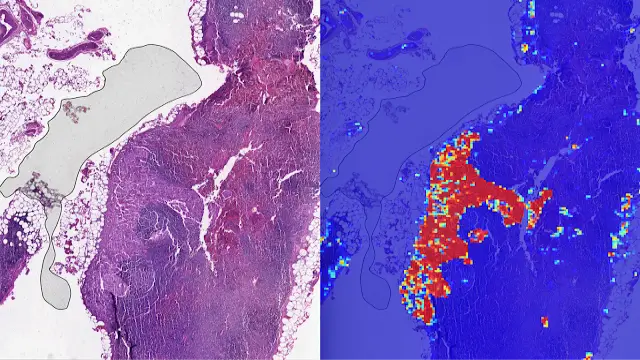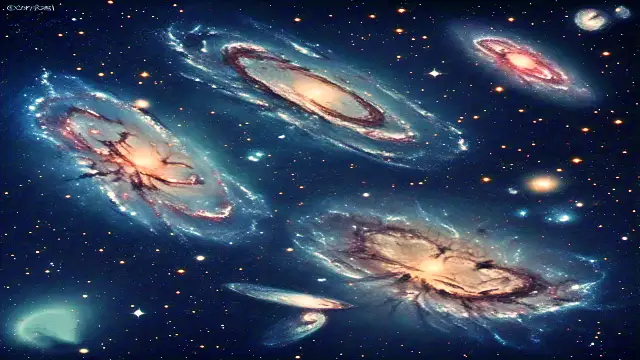The space agency’s researchers think they have uncovered important hints that seem to suggest that the planet may be home to primitive extraterrestrial life. The intricate chemistry on the surface of Titan, which scientists believe to be the only moon encircling the earth with a dense atmosphere, has been examined using data from NASA’s Cassini spacecraft.
They have found evidence of living forms that have been consuming the planet’s surface fuel as well as breathing in its atmosphere. According to astronomers, the moon is often too frigid for even liquid water to exist on its surface. Two distinct studies go into detail about the research. The first study, published in the journal Icarus, demonstrates how hydrogen gas that was circulating throughout the atmosphere of the planet vanished at the surface. This implied that breathing was indeed possible for alien life.
The second paper, published in the Journal of Geophysical Research, came to the conclusion that the chemical wasn’t present on the surface. Then, it was suggested to scientists that it might have been eaten by life. Acetylene gas was supposed to be produced by sunlight’s interaction with substances in the atmosphere.
However, the Cassini probe failed to find any such gas. Humans proposed hydrogen consumption because it’s the logical gas for life to consume on Titan, comparable to how we consume oxygen on Earth, according to Chris McKay, an astrobiologist at Nasa Ames Research Centre in Moffett Field, California, who conducted the research. If these indications do prove to be a sign of life, it would be doubly thrilling because it would signify a different sort of life distinct from Earth’s water-based life.” Open University Professor John Zarnecki continued: “We think the chemistry is in place for life to develop. All that is required to start the process is warmth and heat.” Titan might be a paradise when the Sun turns into a red giant in four billion years.” However, they issued a warning that there might be further causes for the results. Together, however, they point to two crucial prerequisites for the existence of methane-based life.





















